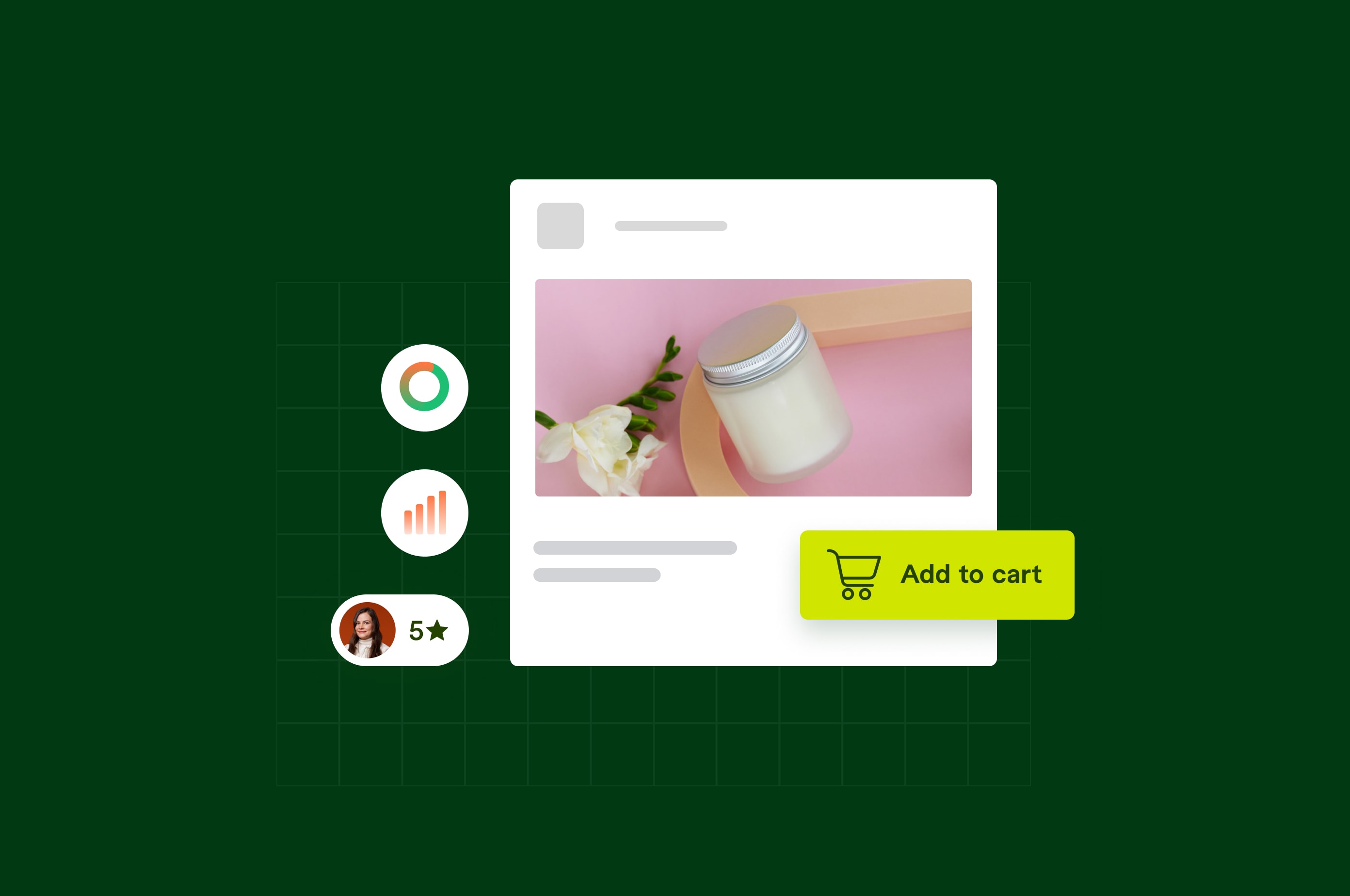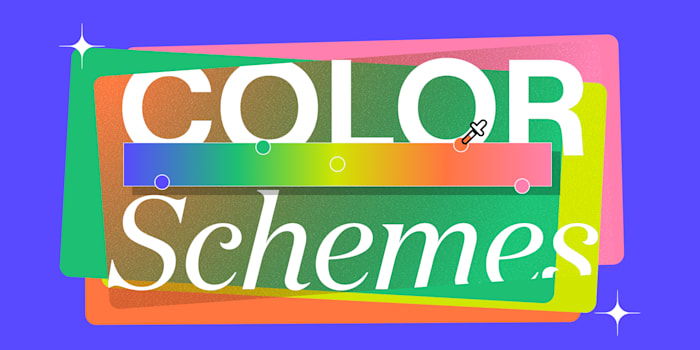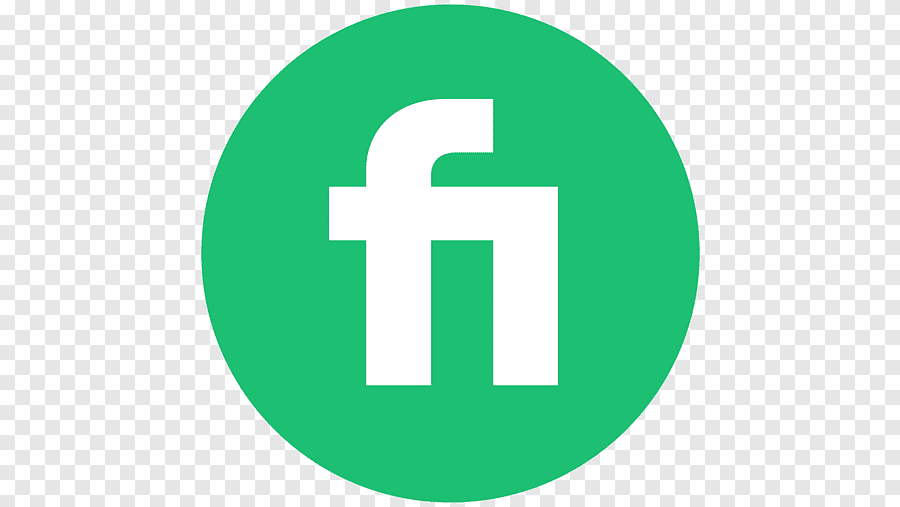How to Write a Call to Action: Expert CTA Tips
Discover how the right Call to Action can boost engagement and drive results.
 March 7, 2025
March 7, 2025 5 minute reading
5 minute reading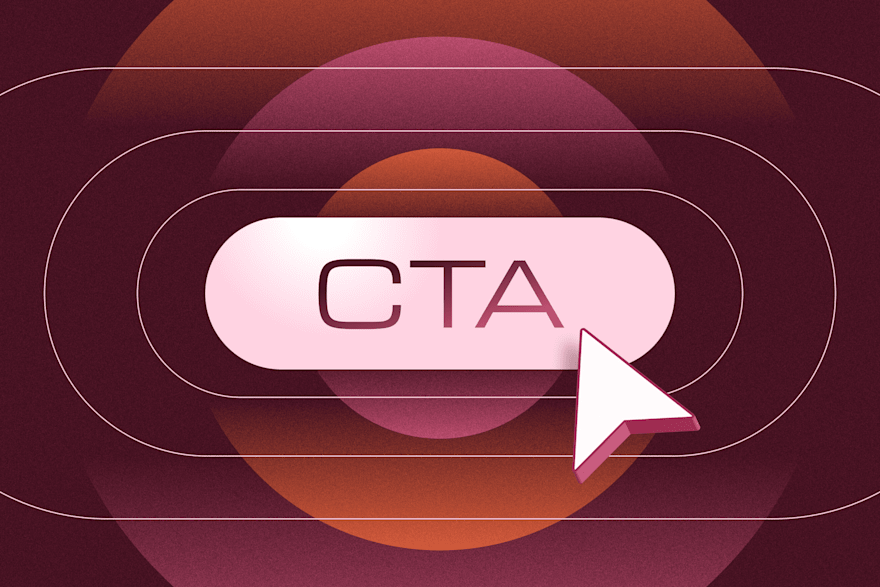
A call to action (CTA) is the final push that motivates users to take action. Whether it's signing up, purchasing a product, or downloading a resource, an effective CTA can make or break conversion rates. The best CTAs are clear, compelling, and action-driven, guiding potential customers toward the next step.
To help craft the most effective CTAs, Fiverr experts share their top CTA tips, covering everything from emotional triggers to strategic writing and website design techniques.
TL;DR
CTA Do’s
Evoke curiosity, urgency, or relief.
Focus on user benefits and desires.
Be direct with clear, commanding language.
A/B test CTA phrasing, design, and placement.
Use time-sensitive language to push immediate action.
Adjust CTAs based on where the user is in their decision-making journey.
CTA Don’ts
Use vague or weak words like “click here.”
Push a hard sell to someone who is still exploring.
Center the CTA around what your business wants.
Use generic, emotionless CTAs that don’t inspire action.
Assume one CTA will work the same for every audience.
Give users the impression that they can come back anytime.
1. Make the CTA about the user, not the brand
An effective CTA—whether it’s part of your website design or social media marketing strategy—should focus on the user’s needs, desires, or problems rather than the business’s goals. This copywriting strategy should create a bridge between where they are now and where they want to be.
Shavez Qureshi, a content marketer, emphasizes this user-first approach:
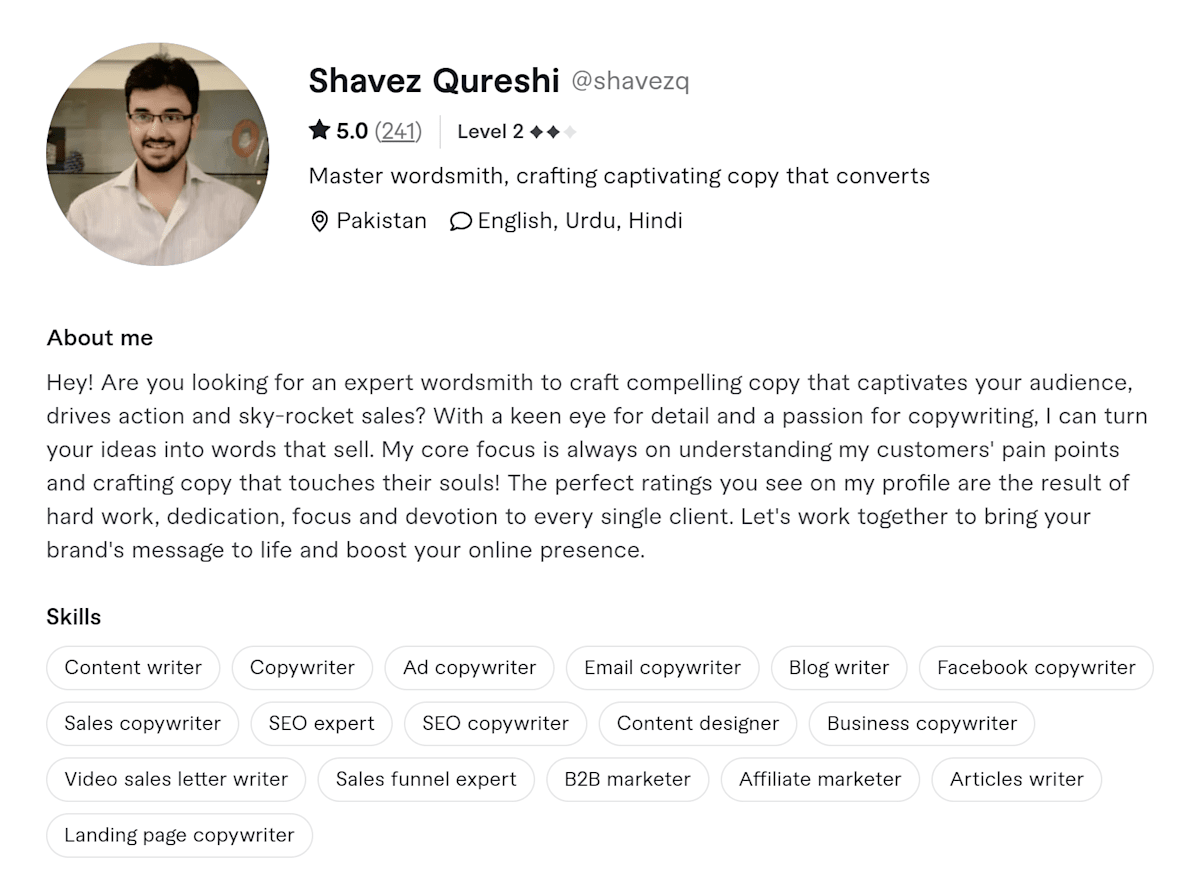
“Your CTA isn’t about what you want (a click, a sale, a sign-up). It’s about what THEY want. It’s about their desires, their fears, their dreams. Think of your CTA as the bridge between where they are now and where they want to be. And your job is to make that bridge irresistible.”
Connect with FreelancerTo make CTAs user-centric, highlight benefits and outcomes rather than just commands. Instead of saying “Buy Now,” try something like “Get Instant Access to Your Dream Course” to appeal to user aspirations.
2. Use strong, action-oriented language
The language of a CTA should leave no room for doubt. It should tell users exactly what to do next with strong, actionable verbs and other compelling language.
Davidaitken518, a digital marketing specialist, shares his strategy:
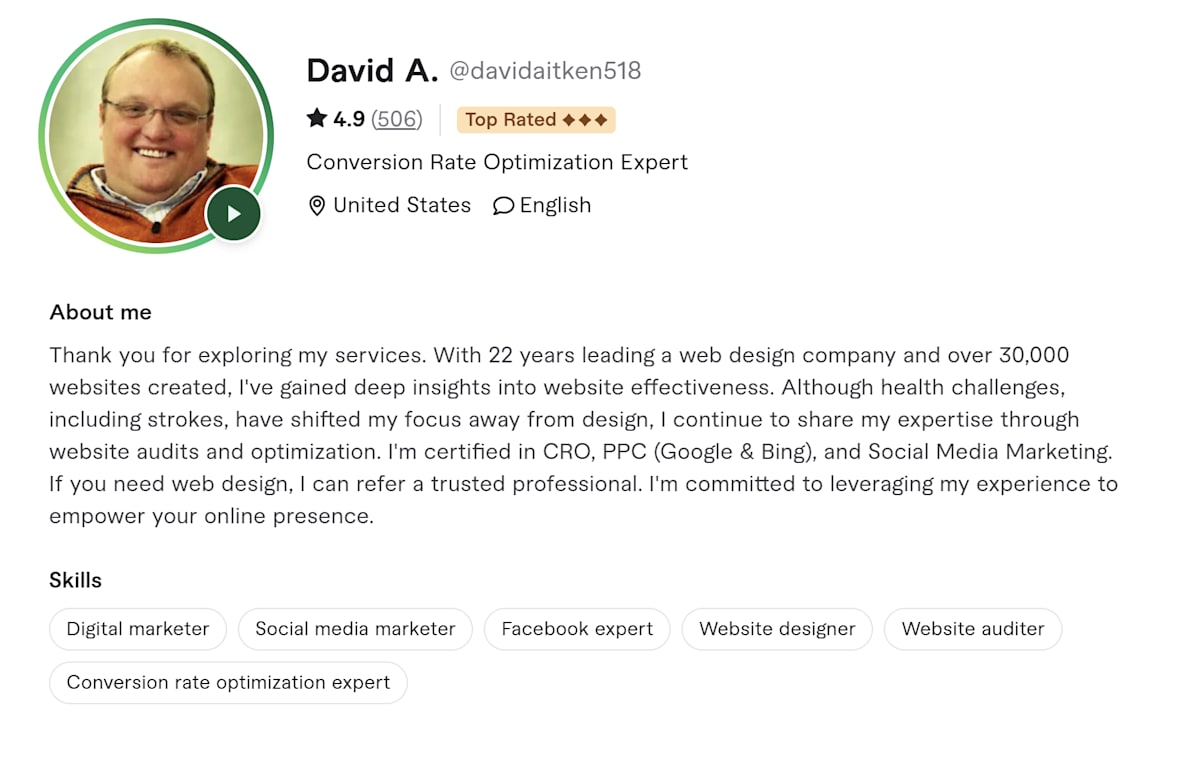
“The first rule of writing a CTA is to make it unambiguous—users should know exactly what will happen when they click the button. I use direct and commanding language, with verbs like ‘Get,’ ‘Claim,’ ‘Start,’ or ‘Discover.’”
Connect with FreelancerFor example, instead of the vague “Submit,” use “Get Your Free Guide” to convey both action and reward.
3. Add emotional triggers for engagement
Emotionally compelling CTAs perform better because they connect with users on a deeper level. Words that evoke curiosity, excitement, or urgency can make a CTA more irresistible.
Shavez Qureshi explains how emotions drive engagement:

“High Emotional States: Use words that evoke excitement, curiosity, or desire. Low Emotional States: Use words that promise relief, safety, or escape. Instead of ‘Buy Now,’ try ‘Get Instant Access’ (curiosity + desire). Instead of ‘Sign Up,’ try ‘Start Your Free Trial’ (relief + safety).”
Connect with FreelancerBy using emotional language, a CTA can become more than a button. It becomes an opportunity for the user to fulfill a desire or solve a problem.
4. Create urgency and scarcity
A sense of urgency or scarcity encourages users to act immediately rather than delaying their decision. Limited-time offers and exclusive deals are great motivators.
Davidaitken518 emphasizes this tactic:

“Adding urgency is a powerful motivator. CTAs that include phrases like ‘Limited Time Offer,’ ‘Act Now,’ or ‘Only Available Today’ nudge users to take action immediately rather than wait.”
Connect with FreelancerFor example, instead of “Get Your Discount,” try “Claim Your 20% Discount – Expires Tonight” to create a time-sensitive push.
5. Align CTAs with user intent
Not all users are ready to buy immediately. The best CTAs match where the user is in their journey—whether they are just exploring, comparing options, or ready to purchase.
Davidaitken518 explains how to structure CTAs for different funnel stages:

“If someone is new to the brand, a CTA like ‘Learn More’ or ‘Explore Features’ works better. If they’re closer to making a decision, a CTA like ‘Buy Now’ or ‘Get Instant Access’ helps push them across the finish line.”
Connect with FreelancerUsing the right CTA at the right moment improves overall conversion rates.
6. Test and optimize for maximum effectiveness
Even a well-crafted CTA may not perform well in every context. Testing different variations helps identify what resonates best with the audience.
Shavez Qureshi highlights the importance of A/B testing:

“Even the most expert-level CTA won’t work for every audience. That’s why testing is non-negotiable. A/B Test Different CTAs: Try one version with a high-emotion CTA and another with a low-emotion CTA. Test Placement: Sometimes, the CTA works better at the top of the page; other times, it works better after a story or testimonial. Test Design: Color, size, and shape matter.”
Connect with FreelancerTesting various elements, from button color to CTA phrasing, allows brands to refine their approach and improve conversion rates.
Writing CTAs that convert
A compelling CTA is the final step in converting interest into action. The most effective CTAs focus on the user’s needs, use clear and direct language, tap into emotions, create urgency, and align with user intent.
Testing and optimization help CTAs perform well across different audiences and marketing channels. When crafted strategically, a CTA drives clicks, improves the user experience, and boosts brand engagement.
For more advice from professionals about crafting CTAs, check out Fiverr Answers. You can also join Fiverr and hire a writer to help craft your CTAs.

